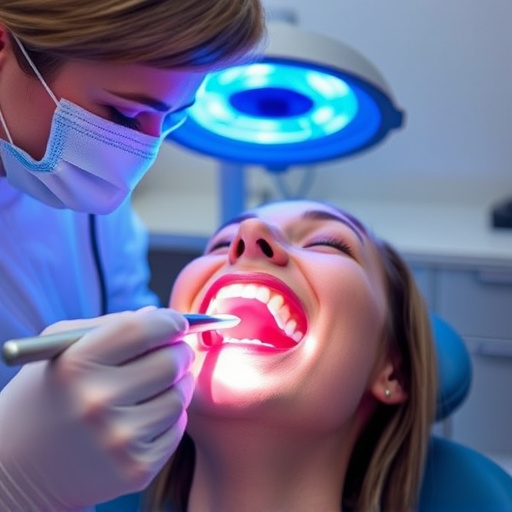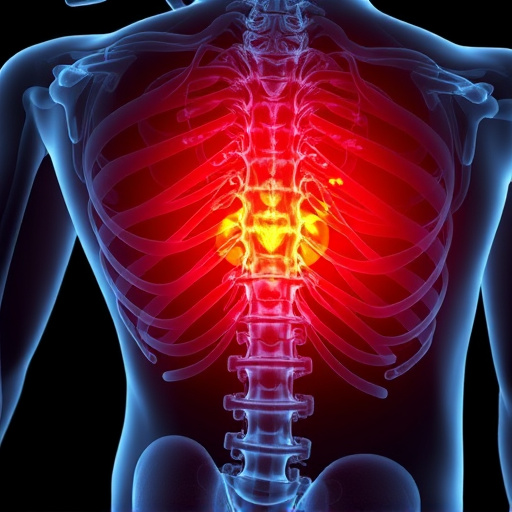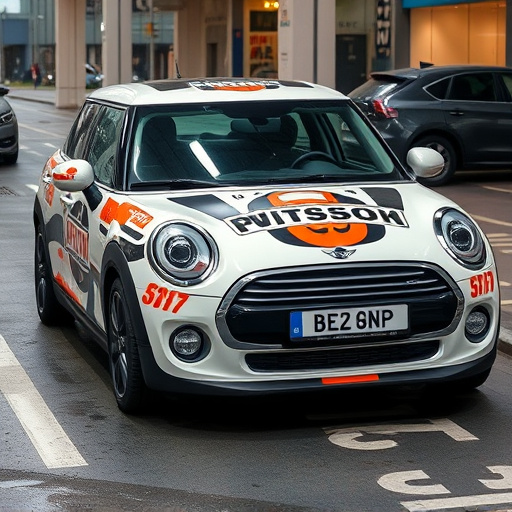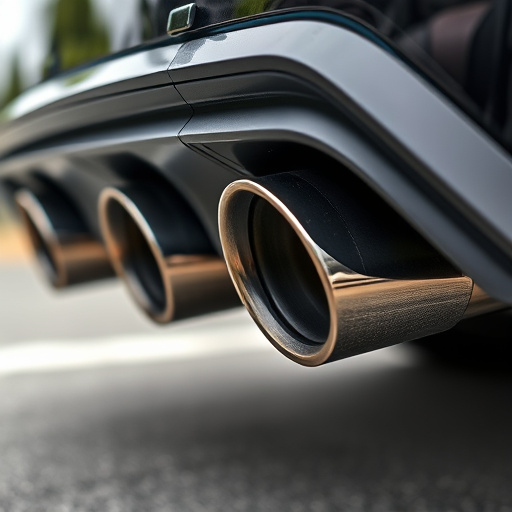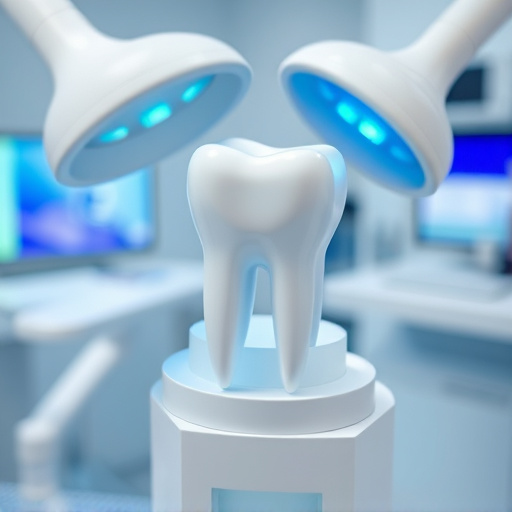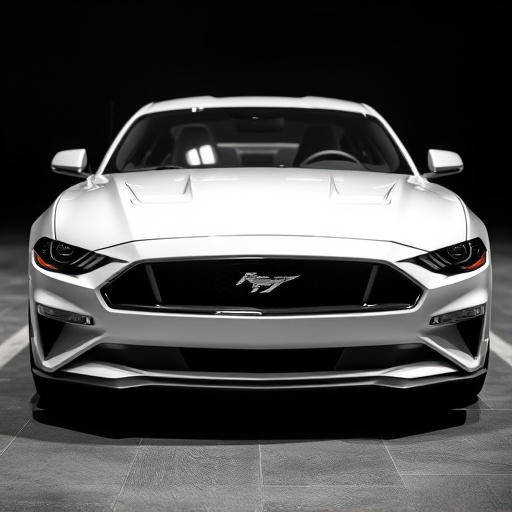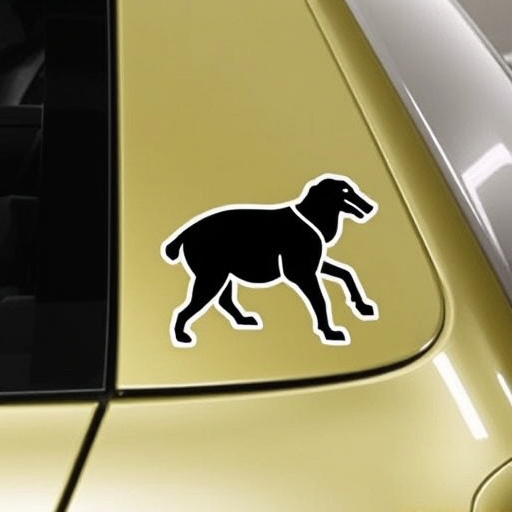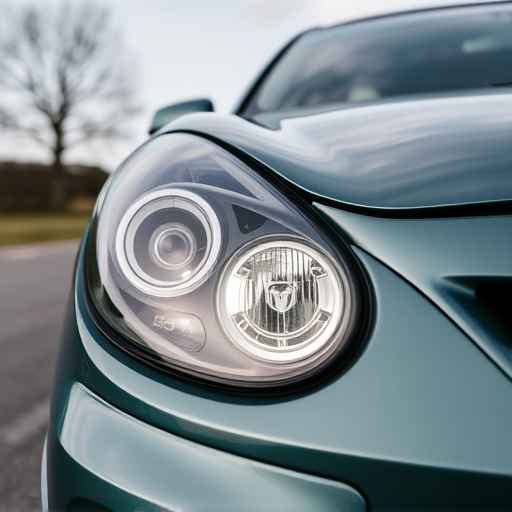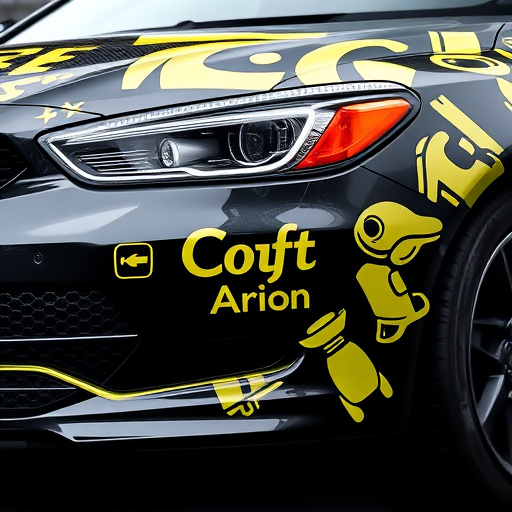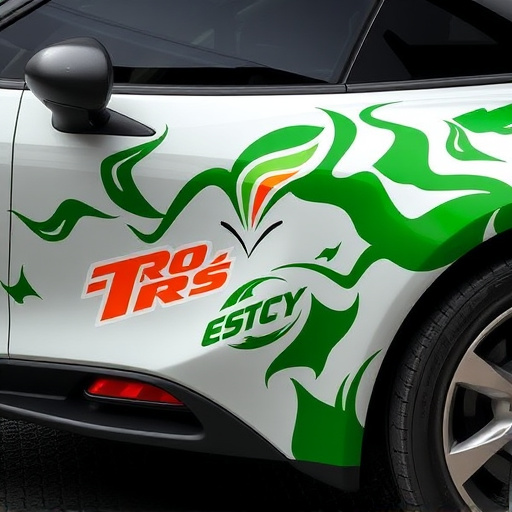Heat rejection tinting is a cutting-edge technology that reflects solar heat, reduces interior temperatures, and enhances energy efficiency for both vehicles and homes. For vehicles, it maintains optimal cabin temperature, saves fuel, and protects against sun damage. For residential use, it provides comfort and prevents interior fading. Diverse solutions are available, with high-quality window tinting films blocking UV rays and reducing glare for homes, and paint protection film offering superior heat rejection and enhanced security for vehicles. Professional installation, proper maintenance, and safety protocols ensure optimal performance, preserving interiors and providing long-lasting benefits.
Heat rejection tinting is a game-changer in both home and vehicle window treatments, offering more than just style. By blocking up to 99% of solar heat, these tints enhance energy efficiency, reduce interior temperature, and lower cooling costs. Understanding how they work involves grasping the science behind reflective layers that dissipate heat energy. This article delves into the benefits, top products, installation tips, maintenance requirements, and safety considerations for both residential and vehicular applications of heat rejection tinting.
- Understanding Heat Rejection Tinting: How It Works and Benefits
- Top Heat Rejection Tinting Options for Homes and Vehicles
- Installation, Maintenance, and Safety Considerations for Heat Rejection Tinting
Understanding Heat Rejection Tinting: How It Works and Benefits
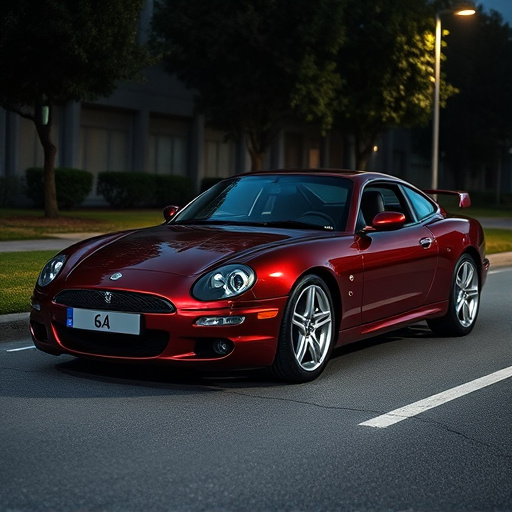
Heat rejection tinting is a cutting-edge technology designed to keep vehicles and homes cool by reflecting significant amounts of solar heat. Unlike traditional window tints that primarily block UV rays, this advanced process employs special films that reflect heat back into the atmosphere. This simple yet powerful mechanism significantly reduces interior temperatures, making spaces more comfortable and energy-efficient.
In terms of benefits, heat rejection tinting offers a dual advantage for both residential and vehicular applications. For vehicles, it helps maintain optimal cabin temperature, reducing the need for excessive air conditioning, which can save fuel and lower running costs. As a vehicle enhancement, it also provides added protection from fading and damage caused by prolonged sun exposure. Custom graphics enthusiasts appreciate that this tinting technique allows for precise control over visible light transmission, enabling them to incorporate creative designs while maintaining the cooling benefits.
Top Heat Rejection Tinting Options for Homes and Vehicles

When it comes to top heat rejection tinting options for both homes and vehicles, the market offers a range of solutions designed to mitigate the sun’s intense rays. For residential applications, high-quality window tinting films are a popular choice. These films are engineered to block out UV rays, reduce glare, and significantly decrease interior temperatures. They come in various shades, ensuring esthetic appeal while still providing exceptional heat rejection capabilities.
For vehicles, paint protection film stands out as an effective heat rejection solution. This innovative product is applied over the car’s paintwork, creating a durable barrier against damaging UV radiation and heat. Beyond heat rejection, vehicle enhancement films also offer added privacy and security. Integrating these advanced tinting options into your home or vehicle not only enhances comfort but also preserves the interior from sun-induced fading and wear and tear, ensuring longer lifespan and aesthetic appeal.
Installation, Maintenance, and Safety Considerations for Heat Rejection Tinting
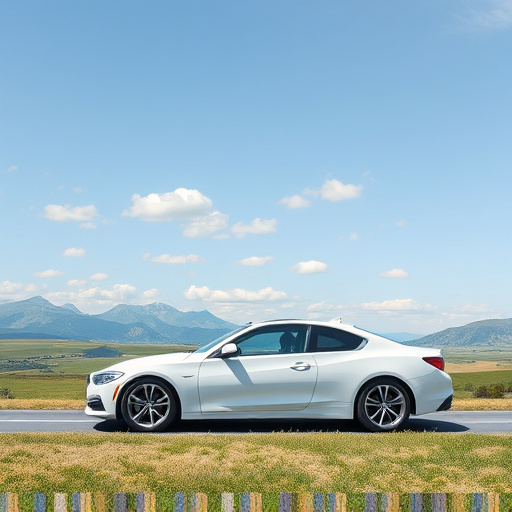
Installation of heat rejection tinting is a process that requires precision and expertise. It involves applying specialized films to windows, ensuring minimal disruption to the vehicle or home’s aesthetics while maximizing heat reduction benefits. Professional installers use advanced tools and techniques to achieve a perfect fit, creating seamless high-quality finishes that enhance both functionality and style. Regular maintenance is crucial for optimal performance; this includes cleaning the tinted surfaces using approved methods to prevent damage from harsh chemicals or improper care.
Safety considerations are paramount when it comes to heat rejection tinting. The right window tinting not only blocks harmful UV rays but also enhances privacy and reduces glare, making driving and indoor activities more comfortable. However, it’s essential to choose products certified for safety standards to avoid any potential hazards. Proper installation should adhere to legal guidelines, ensuring the tint doesn’t obstruct the driver’s view or pose a risk to passengers. With regular upkeep and adherence to safety protocols, heat rejection tinting can provide lasting benefits in terms of comfort and protection against the sun’s intense rays.
Heat rejection tinting is a powerful tool for both home and vehicle owners looking to mitigate the effects of intense sunlight. By understanding how it works and selecting the right products, you can enjoy enhanced comfort, reduced energy costs, and improved vehicle safety. The top heat rejection tinting options discussed in this article offer exceptional performance while adhering to safety standards, ensuring a smarter, cooler future for your living spaces and vehicles. Remember, when considering installation, proper maintenance, and safety practices will help maximize the benefits of heat rejection tinting for years to come.
